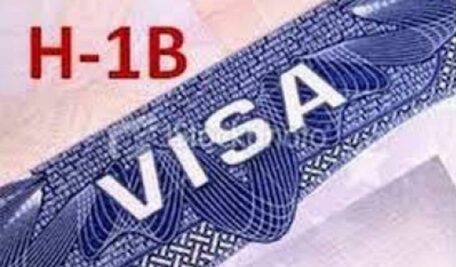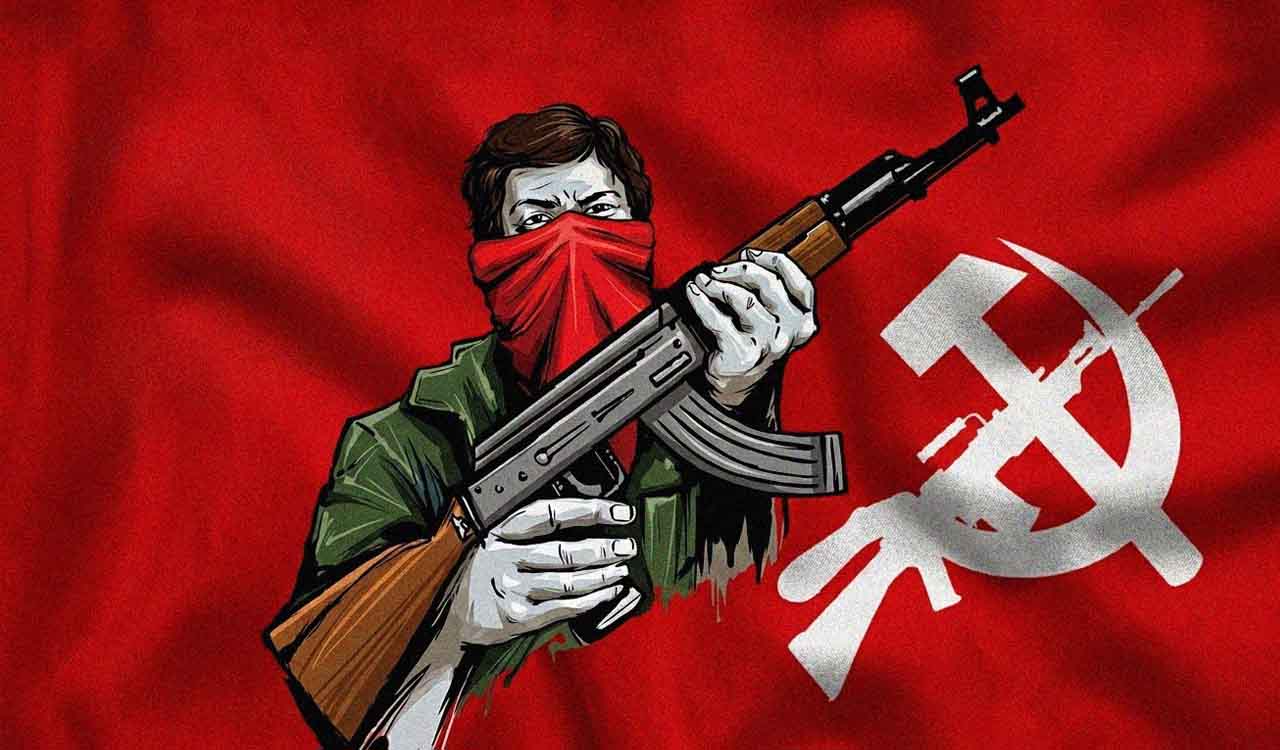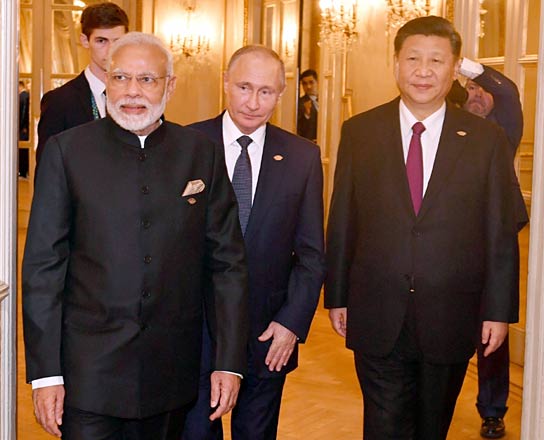Opinion: Multipolarity is what states make of it!
With global powers chasing competing visions, multipolarity is being shaped more by rivalry, and less by cooperation
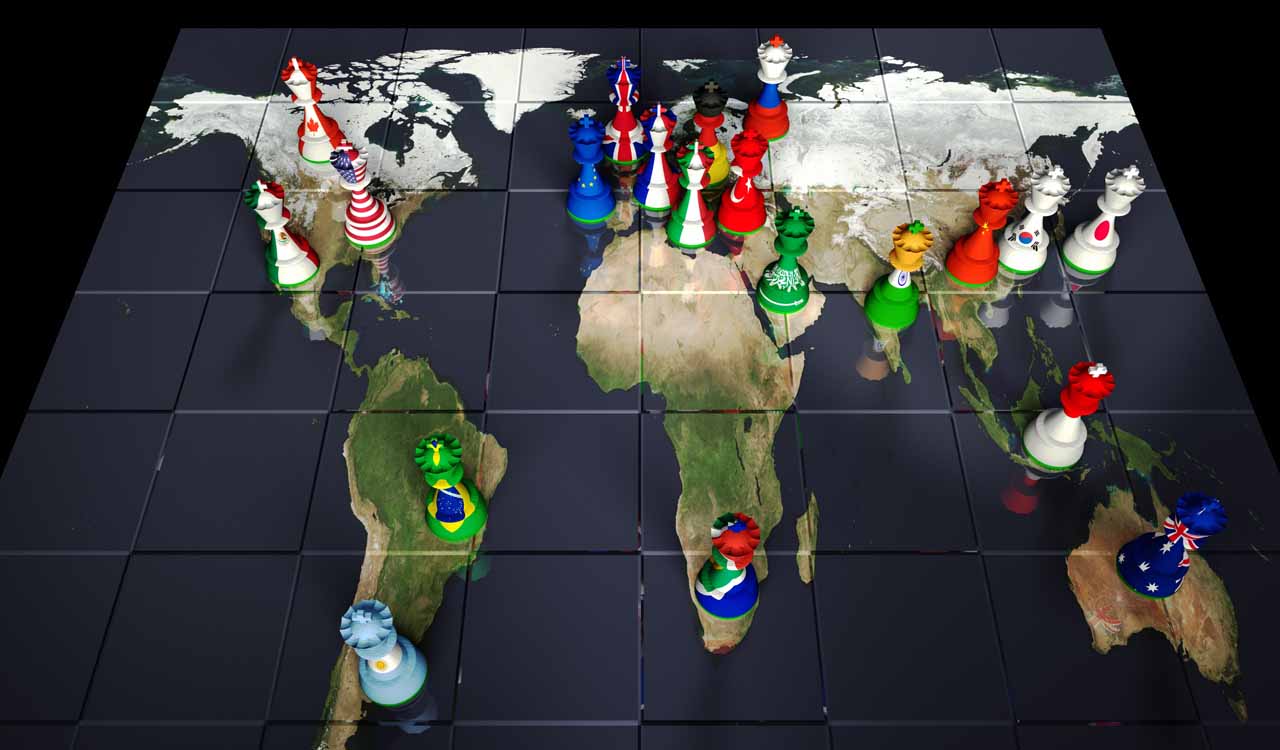
By Monish Tourangbam
The quest for multipolarity in the international system is a curious one. Do the great powers of the day really seek multipolarity, or is it the call of the weaker powers in the international system who would like to deflate the dominance of great powers? Particularly since the end of the Cold War and the rise of American unipolarity, a multipolar world order has been emerging and continues to evolve. But has it really emerged or dissipated even before being realised? Or is it going through what many would call an “unbalanced multipolarity” or “asymmetric multipolarity” wherein power is more diffused but not evenly distributed across different poles?
Also Read
The relative decline of American power and its ability to shape global outcomes has been a recurring theme in international relations, particularly with the rise of China and other emerging powers, lending more currency to the idea of stronger multipolarity. But after a promising preface and introduction, before the chapters to a multipolar world could be written, the growing tension between the US and China, plus the glaring gap between their material power and the rest, continues to raise doubts.
Moreover, the advent of the Trump era and the diverse trade wars, erupting between the US and other major economic powers, have disrupted world affairs beyond anyone’s imagination and have proverbially thrown the nascent multipolar word order into the water.
The House Always Wins!
The second Trump administration has been in place for merely eight months, but it has shown a new mirror to the world. That mirror is showing many countries what they perhaps do not like: ignore or hate it, the most powerful economy and military in the world still comparatively wields a much outsized role in the international system, albeit an undesirable one.
The moribund “liberal international order” that the US spearheaded through a complex network of political, economic, and security institutions hardly intended to provide space for an inclusive order, or a “fairly” distributed system of global governance. Given many epithets, including that of a “benign hegemony”, it functioned more like a casino where a number of players come hoping for a win and do occasionally win, but it is the “house that always wins”. This simply means that the US engineered a financial and security order meant to sustain US primacy, even as allies and partners gain smaller trickle-down benefits.
The US leadership of multilateralism throughout the bipolar and the unipolar eras was expected also to continue in a multipolar one. But that is not exactly how it was perceived in the rest of the world, particularly among the bigger economies of the Global South.
With the growth in Chinese comprehensive national power beginning to challenge the US-dominated international system, the Washington Consensus of maintaining a US-led network of “liberal democracies” and open market economies began to face the great wall of the Beijing Consensus —building a network of interdependent economies minus the strings of political ideology. So, why does Beijing, which clearly aims to upend the US primacy, support the quest for multipolarity?
Towards Bespoke Multipolarity
Beijing intends to remake Asia in its own image and, hence, seeks regional unipolarity in its favour. Its ability to distribute public goods within its immediate and extended neighbourhood has materially grown over the years, even impinging upon India’s immediate neighbourhood. The only power that can compete materially with China in the region is the US, and that’s why Beijing still refuses to acknowledge the Indo-Pacific construct, and in concert with Russia, blames the US and its Indo-Pacific strategy for fomenting regional instability.
Many other regional stakeholders — including India in South Asia, Japan and South Korea in Northeast Asia, and Vietnam and the Philippines in Southeast Asia — are either strategic partners or allies of the US that would want to deter any unchecked Chinese dominance in Asia.
However, America’s growing unpredictability, obsessive insistence on trade reciprocity and decreasing credibility of security guarantees are creating a deepening dissonance among its regional partners. A growing public perception of an “unreliable America” is becoming widely pervasive. Is the American beltway too blind to ignore such strategic shifts, or are its priorities too overwhelmed by more tactical trading gains?
At the global stage, Beijing remains a votary of a multipolar world order, but such a desire is mainly aimed at denting the US’ global influence. A multipolar world order for Beijing is a road to a bipolar structure of peer parity with the US, and towards a longer-term ambition of finally toppling the US from its numero uno position and gaining a unipolar world order in China’s favour.
Trump 2.0 has been in power for just 8 months, but it has held up a mirror to the world — like it or not, the US still wields an outsized role in the global order
Russia, still a formidable nuclear and conventional power, also generally vouches for a multipolar world order. Much of the rhetoric coming out from its “no-limits” partnership with China aims at calling out America’s “hegemonic tendencies”. However, Moscow has a more circumscribed vision for a multipolar world order, where it would like to see American power truncated and dented, to the point where Washington’s ability to coerce Russia in the latter’s sphere of influence gets relatively reduced.
This scenario is playing out in real time in the battlefields and at the diplomatic tables of the Russia-Ukraine war, which has disrupted the ironclad NATO alliance and produced a misalignment in the strategic priorities of the US and its European partners.
What the European Union stands for, through its normative power and its rather sanguine approach to a multipolar world order, is undergoing seismic changes. The Russia-Ukraine war and the changing dynamics of US-Russia and US-Europe ties in the Trump era have deeply influenced how Europe views the Russian threat in its near abroad, and how it perceives China as both an economic partner and a security concern.
Meanwhile, the growing irrelevance of the United Nations in questions of war and peace, the emerging discourse on the Global South, the expanding membership of the BRICS grouping, and the way the Trump administration handles the G20 presidency next year will all be germane to the rhetoric and reality of multipolarity.
India’s Challenges
New Delhi has always professed that India’s interest will be best served in a multipolar world order, but such a consequence is not preordained and is prone to both opportunities and risks from the vagaries of geopolitics and geoeconomics. Amassing national power and its deployment — compared to both stronger and weaker powers — will be significant determinants of how India navigates the flux inherent in the world order.
Hyper-transactionalism, uncertainty, and unpredictability in great power behaviour are testing the limits of India’s balance between autonomy and engagement. India’s quest for an inclusive world order is informed by the hard-nosed realism of creating more traction to protect and promote its interests in a polarised world where choosing sides may be an easier proposition.
India’s grand strategy to create its own independent space is perhaps facing one of its biggest challenges. Such times call for a renewed reflection on what it will take to propel the country to the next stage of growth and development, while facing the birth pangs of a new world order, standing on the cinders of the old one.
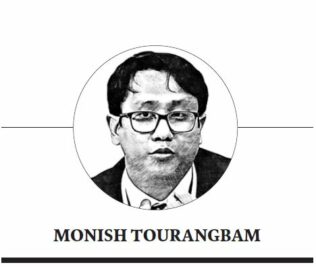
(The author is a Senior Research Consultant at Chintan Research Foundation, New Delhi)
Related News
-
Venezuelan opposition leader Machado will not attend Peace Prize ceremony
4 mins ago -
Trump is moving closer to resolving Turkiye’s F-35 ban
9 mins ago -
Archaeologists uncover intact section of ancient Jerusalem wall from Hanukkah era
16 mins ago -
Seven persons injured in leopard attack in Nagpur
23 mins ago -
Voter cards found dumped in West Bengal’s Nadia
32 mins ago -
Thrilled about data centre capacity coming up in India, discussed investments with PM Modi: Nadella
33 mins ago -
Deepavali added to UNESCO’s Intangible Cultural Heritage list
50 mins ago -
Will not tolerate murder politics, says KTR on Suryapet killing
1 hour ago

